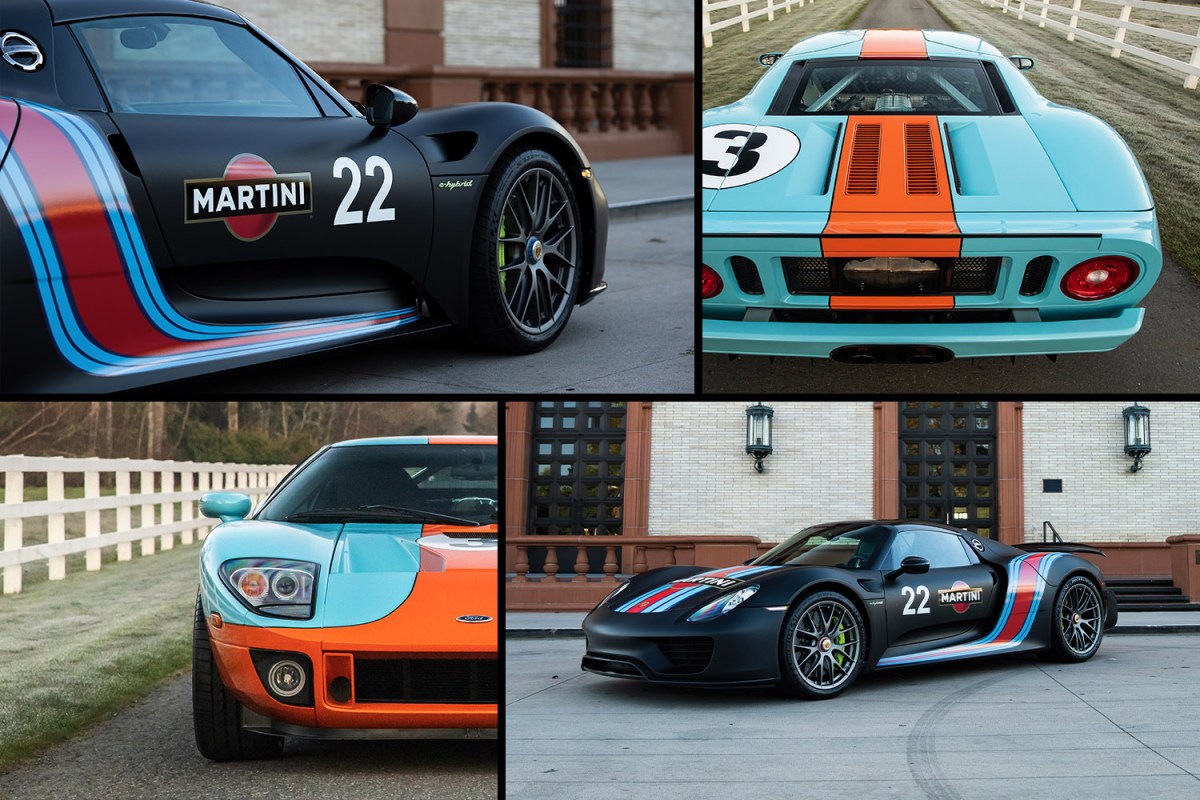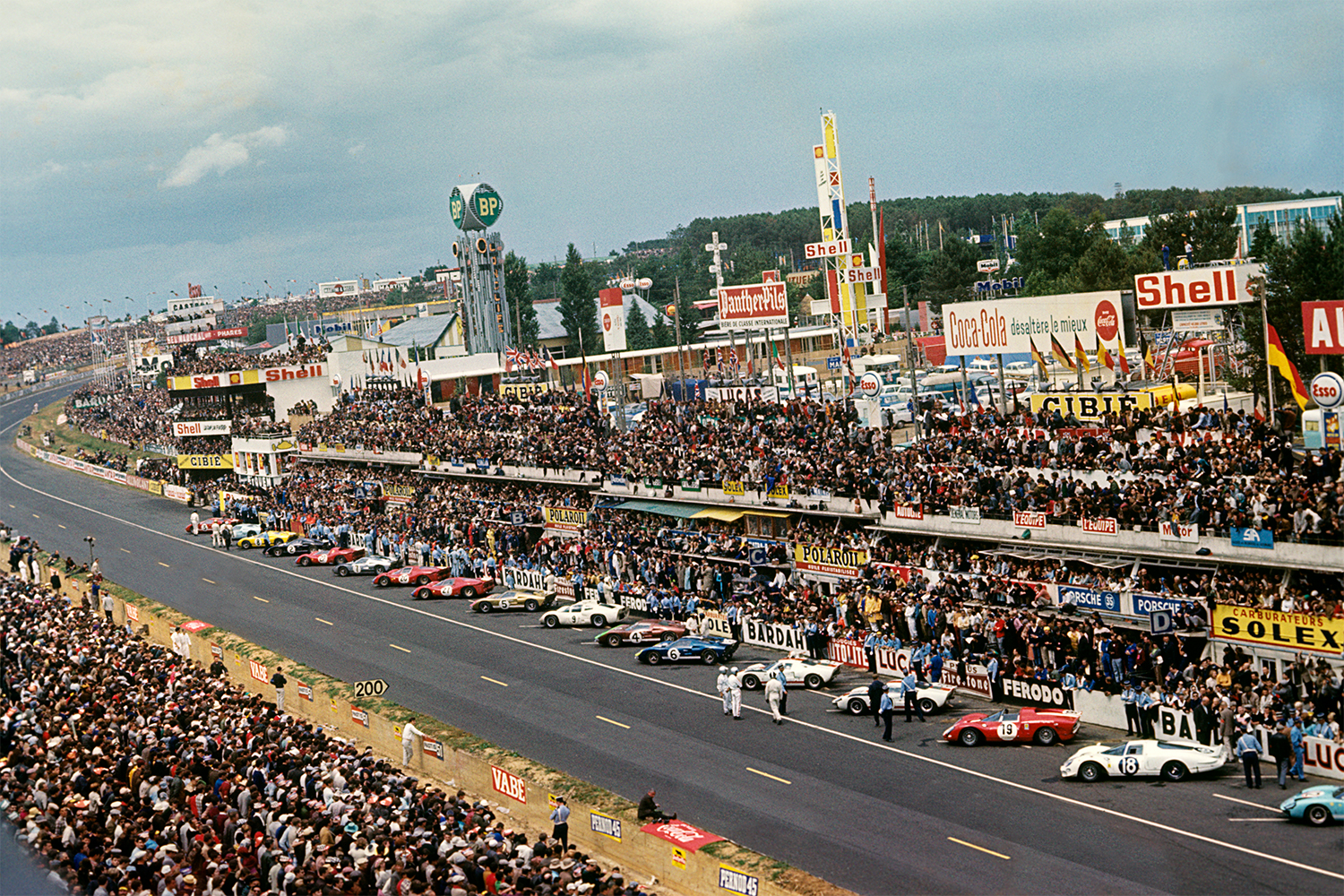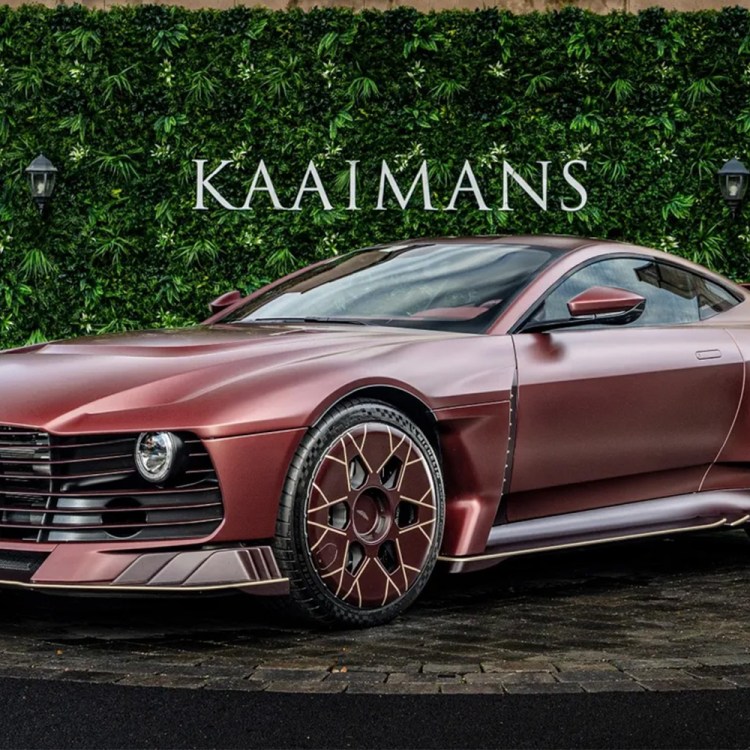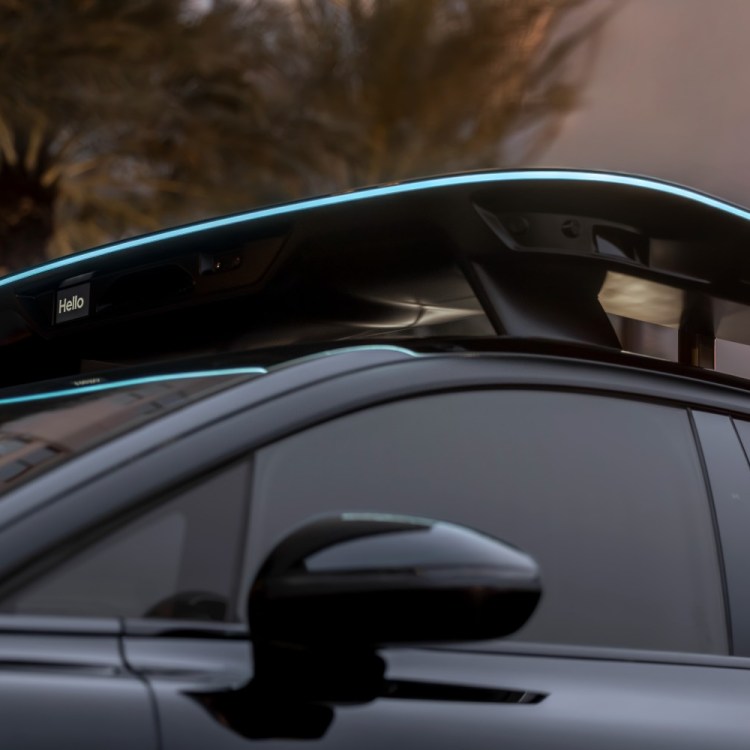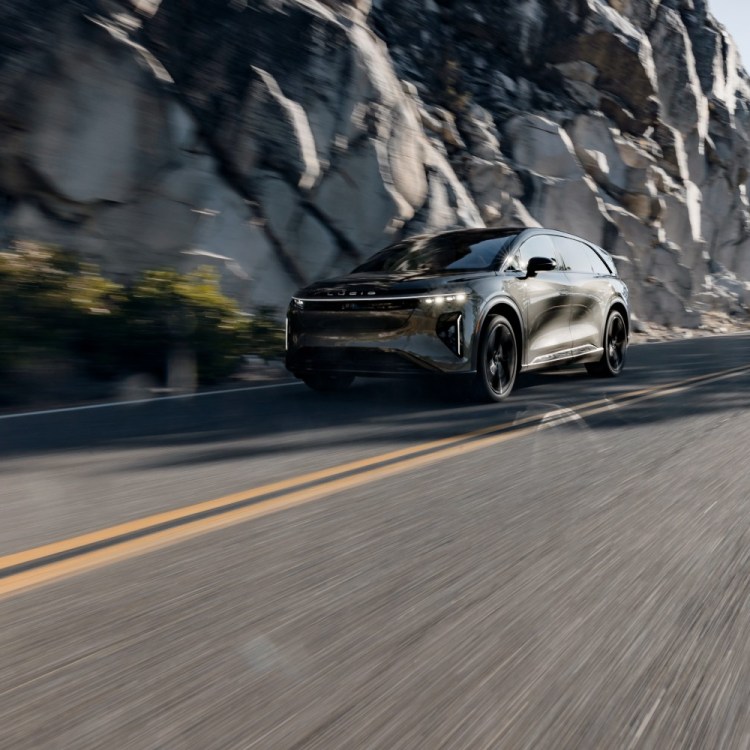Everyone knows a guy (or knows a guy who knows a guy) who painted racing stripes on his car. Hopefully it was in high school, when ill-advised car customizations are forgivable, and hopefully it didn’t lead to delusions of racing grandeur, recreating a scene from Bullitt or The Fast and the Furious (depending on your era) only to spin out in a neighbor’s lawn.
Most of us grew up, left our car-racing dreams in the rear-view mirror and bought sensible sedans or SUVs. At least, that was the idea. But in recent years, automakers have been churning out more and more liveried cars that aren’t intended for professional competition. Instead, these are cars for regular consumers, meant to be driven on public roads, private tracks or amateur events, but decked out in all manner of racing livery recalling the greatest vehicles ever to take a checkered flag.
This type of livery, for those scratching their heads, is simply a race car’s distinct regalia, a competition-specific design that mostly comes down to color but can also include numbers, sponsors and other elements. For example, back in May, Lotus announced the Elise Classic Heritage Editions, a limited-run of 100 cars painted in four colorways that pay tribute to the liveries from their Formula 1 heyday. Last year, Porsche unveiled seven retro liveries for the new 935, inspired by icons from 24 Hours of Le Mans and Daytonas past. Even higher-end marques like McLaren have been flaunting their many bespoke livery commissions. And that’s before dipping a toe in the increasingly lucrative classic-car market.
If you’re a collector, or are thinking about becoming one after taking a look at these beauts, you might be wondering about the value of a livery treatment. It’s easy to understand the desire to own a liveried car with an actual racing pedigree, but what’s special about a copycat? Is owning a liveried sports car the adult version of wearing skate shoes but not knowing how to skate? More to the point, does it make you a poseur?
To help answer this neglected question, so you don’t find yourself out $100K with a gimmick on your hands, we reached out to a stable of experts, including Leslie Kendall, the chief historian at Los Angeles’s Petersen Automotive Museum. According to Kendall, before there were distinctions between race cars and high-performance consumer cars, there were vehicles that did a bit of both.
“There used to be a category of race car called ‘sports racers.’ You’d drive them from your house to the track and then back again. You left the numbers on them when you did that so people … could connect you with racing,” Kendall tells InsideHook, placing that practice during the post-war period of the late ‘40s and ‘50s, but not limiting it to the States. “In Europe there was this category of car called the Etceterini which was built by real small-time manufacturers … who built little jewel-like race cars, you just slap a number on and you go for a run in them.”
As for the more prestigious European marques, Craig Jackson, chairman and CEO of automotive auction house Barrett-Jackson, noted that they’ve been offering replica race cars for years — at the right price, naturally.
“But it was really during the 1960s when Shelby started offering the 1965 Shelby GT350 that this took off,” Jackson says. “Consumers could drive a car on the street that looked just like the ones being raced by the team each weekend.”
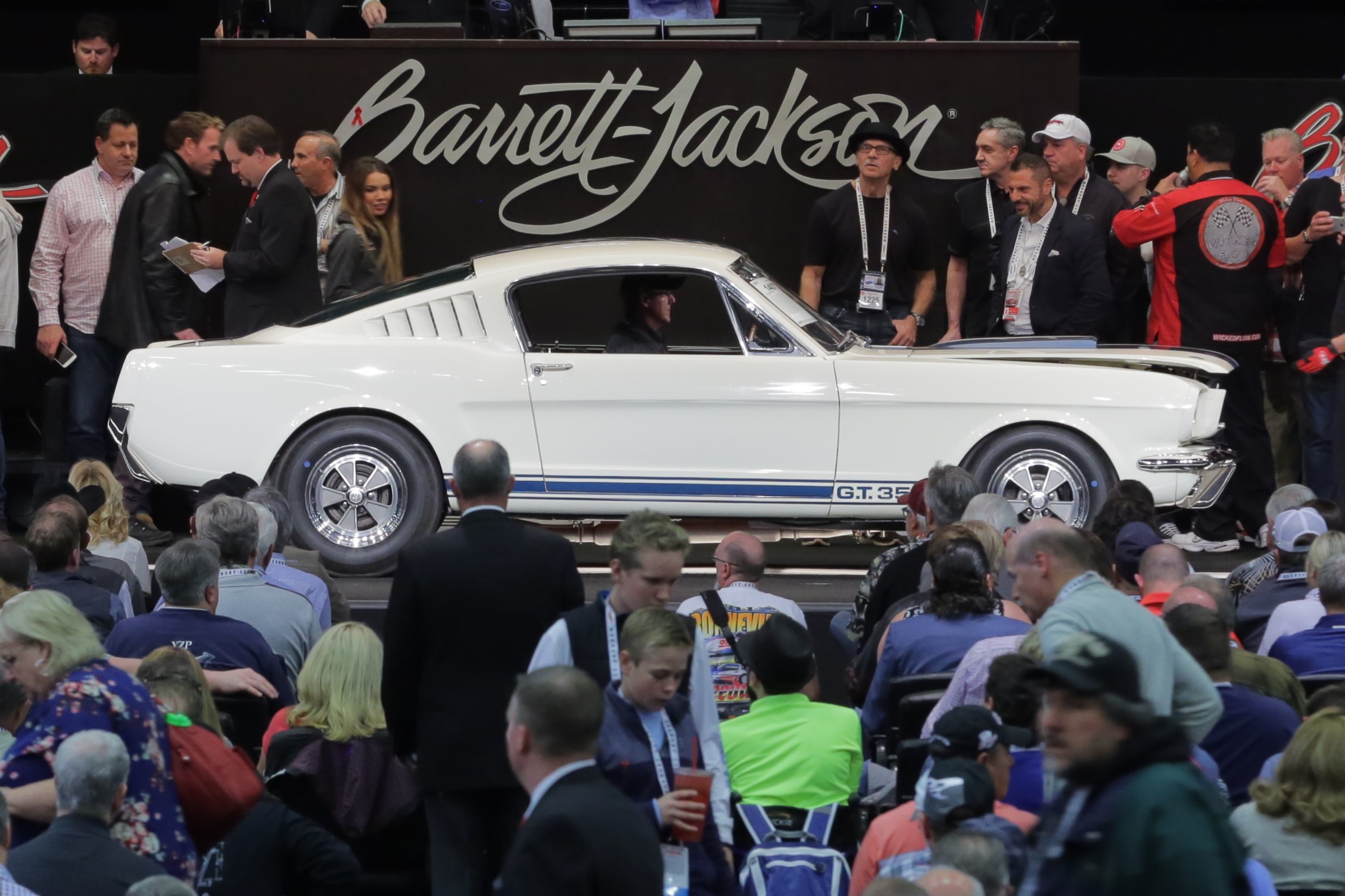
Over 50 years later, Ford is still printing money off the classic blue-and-white Shelby livery. The automaker can also be credited with renewing interest in liveried consumer cars in this century, thanks to an even more iconic model: the Ford GT40.
Even the greenest racing enthusiast or anyone who saw Ford v Ferrari will know the GT40 as the car that not only beat Ferrari at Le Mans in 1966, but swept the top three places. To celebrate the automaker’s centennial, Ford created the Ford GT, a production road car inspired by the historic model. But according to Ford back in 2003, Packaging, Prototype and Launch Supervisor Kip Ewing “couldn’t bear the thought of leaving the first Ford GT prototype flat black, even in the early stages of development.” Instead, he had the car done up in a red and white livery inspired by their 1967 winner (the Ford GT40 won from ‘66 to ‘69). Owners took deliveries in that color scheme, as well as more recognizable ones.
“In 2012, we actually sold one of the original Gulf-Mirage GT40s at our Monterey auction,” Alexander Weaver, car specialist at RM Sotheby’s, tells InsideHook. “That was the powder blue with the marigold stripe that then went on to adorn the 2006 Ford GT, like the one we have in our Driving into Summer auction now. That livery, I think that it’s been one of the most iconic ones of all time.”
You’ll only be able to get your hands on the first-generation Ford GT through an auction house like RM Sotheby’s, but the second-generation, released for model year 2017, is available right now. While the original was mostly related to the GT40 in looks alone, as Kendall notes, “[Ford] won their class at Le Mans with the new GT.” In other words, buyers can rest assured they won’t be called out for the automotive equivalent of wearing a fake Rolex they bought on Canal Street.
If the Gulf Oil colors are too obvious, Jackson suggests one a peg down in prominence: “The Martini racing livery Porsche offered on the 918 looks as good now as it did in ’71 on the 917K.” (That’ll be the white car with the red and blue stripes.) Weaver goes another peg down from that, recommending the Salzburg livery as seen on the Porsche 918, which was white “with red scallops from the front nose that ended about halfway back on the car.” As it happens, RM Sotheby’s actually sold a 2015 Porsche 918 Spyder — but in a Martini livery — at their 2018 Petersen Museum auction for an eye-popping $1,534,000.
“But I think one of the coolest to me and the most fun was what they call the ‘Hippie,’ which was the Porsche 917 from 1970,” Weaver says. “It was a psychedelic color scheme on it.”
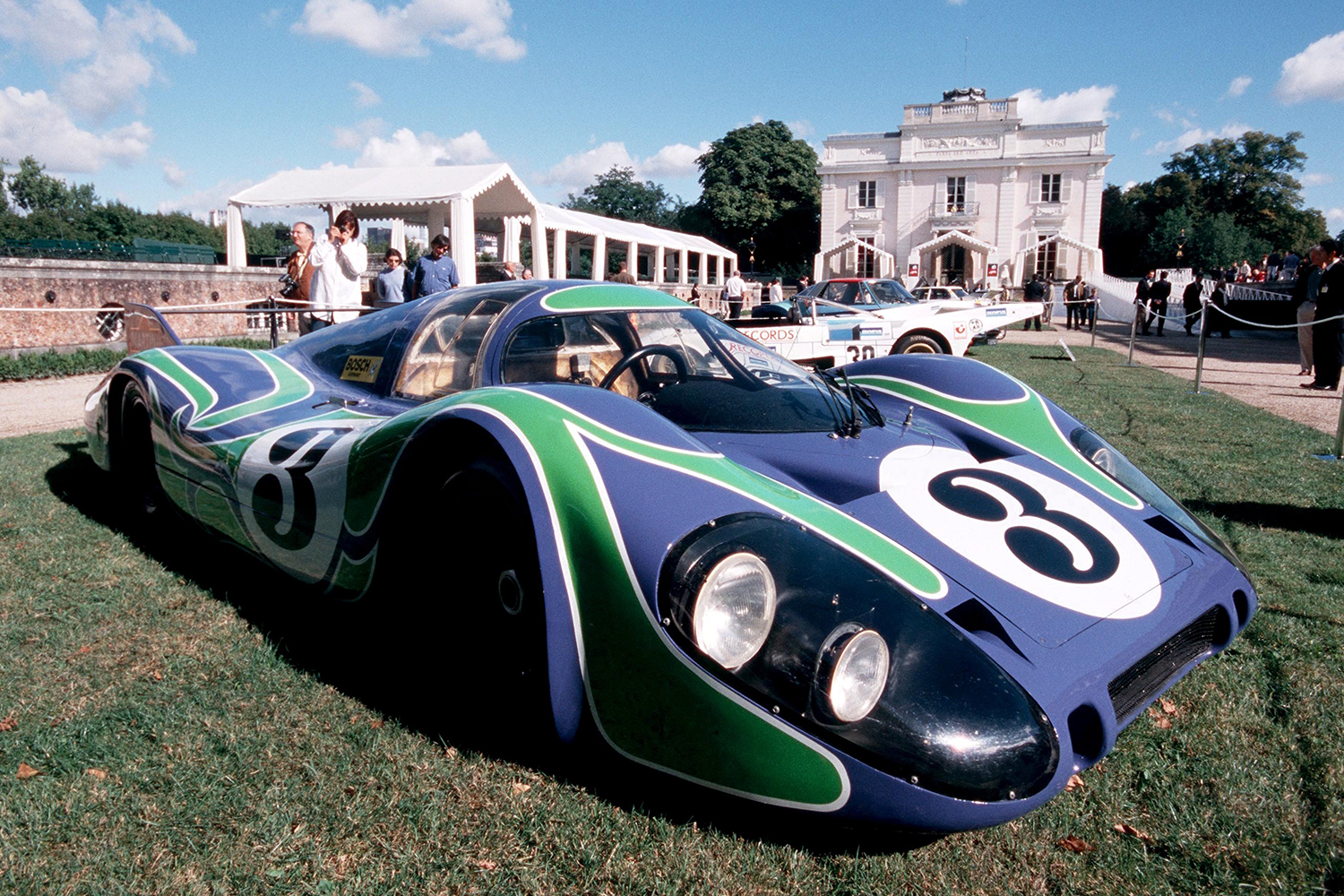
OK, Ford ponied up and brought the Gulf Oil back for the 50th anniversary of their Le Mans wins, so when is Porsche going to stop with the one-offs and bring the Hippie back to the public?
Choosing a livery that’s easy on the eyes is one thing, but no matter how deep your pockets, one factor that always comes into play when cars reach the six-figure mark is collectibility. When it comes to livery cars, buyers need to ask themselves both the macro and the micro questions.
“The history is the first and foremost thing. What did cars with those liveries do? How did they finish? What were their successes?” Weaver explains. “It also comes all the way around to general marketing and style. How did it look on the car? Was it a livery that was built for a specific car? Did it fit that shape or was it because he was Ferrari’s buddy that owned the company?”
Jackson wholeheartedly agrees. “To a certain degree, these cars are the automotive equivalent of Hollywood and sports celebrities,” he says.
However, Jackson detailed three other aspects that may seem pedantic, or altogether indiscernible, to the casual collector, but are no less important when buying a car of this caliber: authenticity, dynasty and historical accuracy.
“Factory-liveried cars will always garner more than those added later. Also, having someone connected to the program during competition, such as Zagato and the DB4, Camilo Pardo with the 2005 Ford GT or the Original Venice Crew with the continuation 1965 Shelby GT350R model can enhance the value of a vehicle,” Jackson says. “One of the key components, though, is to get the design and colors right. There are some ‘tribute’ cars that do not accurately depict the original design or hues.”
When buying at auction, it’s best to stick to reputable houses like RM Sotheby’s and Barrett-Jackson that will gladly walk you through the provenance. When happening across a potential gem through local channels, or even sites like Bring a Trailer, it’s best to call in an expert to assess, as with any used car purchase. And if one of the new, potentially limited-edition, definitely premium-priced livery models is on the docket, go ahead and ask as many nanoscopic questions about paint color, design cues and mechanical similarities as necessary — it’s the automaker’s job to sell you the car, after all.

It is worth taking a good look in the mirror, or the spit-shined hood of the ride you’re eyeing, and asking yourself the most basic question: are you the kind of person who drives around in a livery?
There’s no harm in saying no, as Weaver kinda-sorta did.
“You know, I wouldn’t say that I would drive too much with a livery … around town at least,” he says. So if not Weaver, who makes the ideal buyer?
As Weaver recounts, RM Sotheby’s has seen its fair share of eccentric collectors with hyper-specific proclivities. “There is a gentleman, for instance, in the U.K. who only collects cars with the Gulf livery across whatever race category. That is not a common thing at all. He’s the only person I can think of that does something like that, but he’s put together a phenomenal group of cars in that way.” A different buyer in Los Angeles is obsessed with collecting cars that won their class at Le Mans; and as the GT40 and Hippie make crystal clear, that collection is unshackled from the bonds of aesthetic cohesion.
Kendall offers a more democratic view for those intrigued by the auto-racing livery, maybe because he’s in the business of history instead of investments.
“There’s no getting around a pale blue and orange Ford. That’s something you’re not going to overlook on the street. If you’re a layperson, you may wonder why it’s painted those — what some people would think of as — crazy colors. You’re not doing it for them. You’re doing it for the fellow enthusiast, the fellow cognoscenti, if you will,” Kendall says. “It’s like the automotive equivalent of wearing a T-shirt with the number of your favorite basketball star on it. You don’t have to do that. You don’t have to fly that particular flag, but you do because you want to proclaim to the world, and maybe you can make a connection with somebody based on your mutual interest.”
Therein lies the heart of the matter: star athletes rise and fall, even winning drivers fall in and out of fashion and favor, but liveries can’t be rescinded, demoted, reconsidered or canceled. Liveries are forever.
This article appeared in an InsideHook newsletter. Sign up for free to get more on travel, wellness, style, drinking, and culture.
